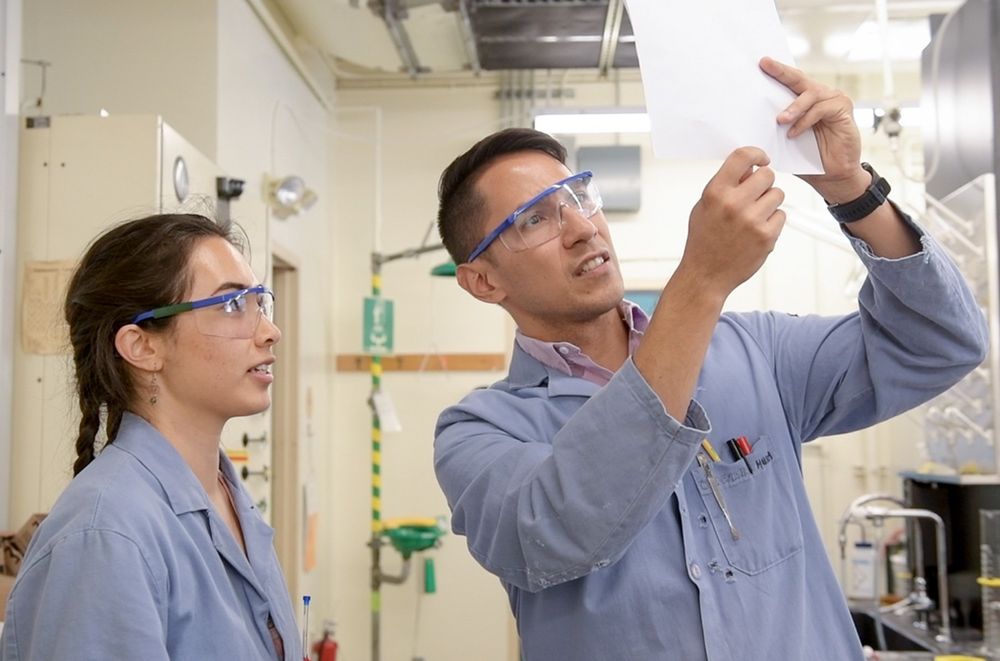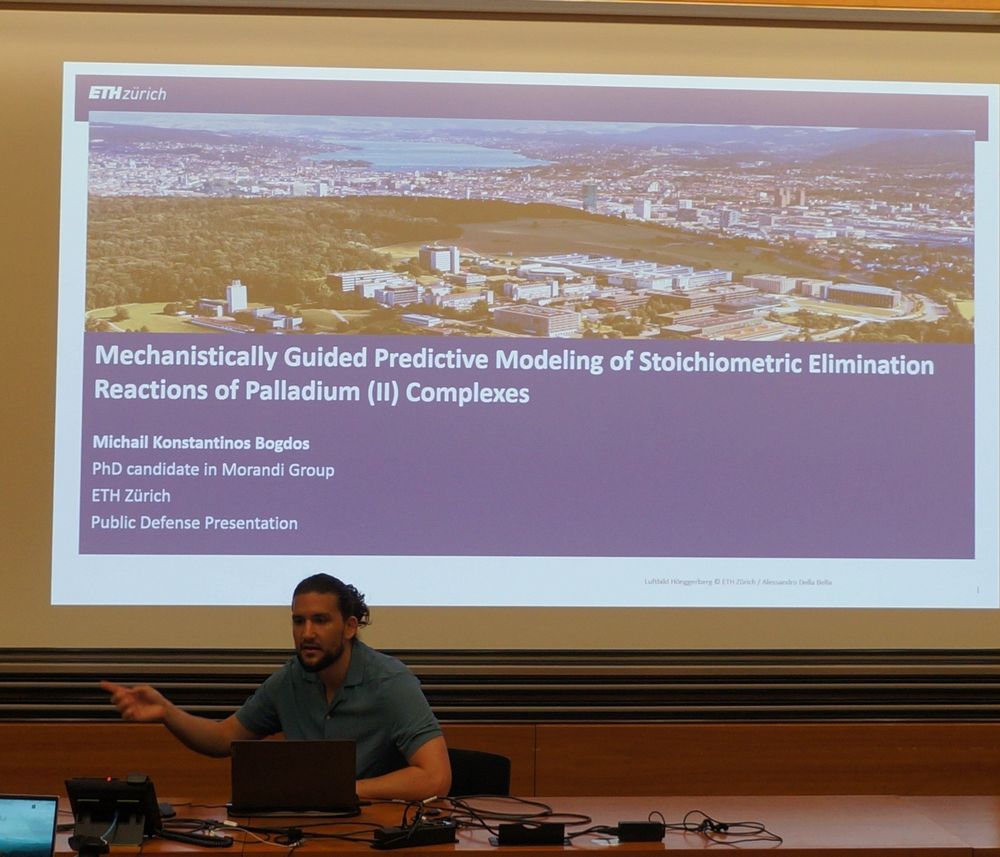Michael Bogdos
@mixalhsmpogdos.bsky.social
55 followers
110 following
22 posts
Chemist (postdoc @ Princeton, PhD @ ETHZ, MSc @ Uni Strathclyde)
Posts
Media
Videos
Starter Packs
Reposted by Michael Bogdos
Reposted by Michael Bogdos
Reposted by Michael Bogdos
Reposted by Michael Bogdos
Chemjobber
@chemjobber.bsky.social
· Apr 25
Reposted by Michael Bogdos
Reposted by Michael Bogdos
Reposted by Michael Bogdos
John Trant
@trantteam.bsky.social
· Jan 27
Reposted by Michael Bogdos
John Trant
@trantteam.bsky.social
· Jan 27











